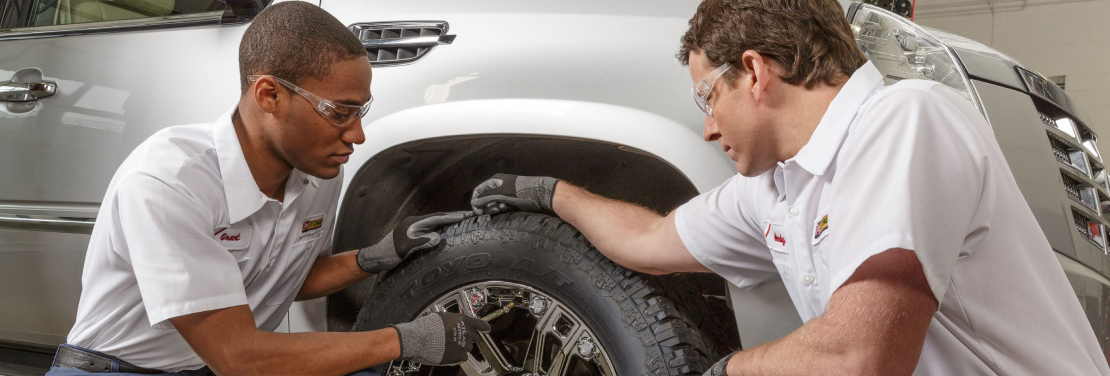Tire Solution: Understanding Tire Pressure Monitoring Equipments
Comprehending Tire Stress Monitoring Systems (TPMS) is a critical element of preserving optimal automobile performance and safety and security on the road. With advancements in auto innovation, TPMS has come to be a typical function in modern-day automobiles, providing real-time info on tire stress degrees.

Importance of TPMS
The value of Tire Pressure Monitoring Equipments (TPMS) lies in their capability to enhance car security and performance via real-time tracking of tire stress degrees. Keeping the right tire stress is vital for making sure optimum handling, braking, and general safety of a vehicle. TPMS provides chauffeurs with instant responses on any kind of underinflated or overinflated tires, permitting timely modifications to be made.
Parts of TPMS
Sensors are commonly located in the tire shutoff stem or affixed to the wheel setting up, where they gauge tire stress and send information to the control component. Some advanced TPMS designs additionally display the actual tire pressure readings for each tire, giving vehicle drivers with real-time information to make sure optimal tire efficiency and safety and security. By checking tire pressure continually, TPMS assists stop mishaps, lowers tire wear, and enhances fuel efficiency, making it a vital component for automobile security and performance. tire shop morris.
Sorts Of TPMS

On the other hand, indirect TPMS depends on the automobile's wheel speed sensors to monitor tire stress. This system spots underinflation by comparing the rotational speeds of the wheels. Indirect TPMS is less costly than direct TPMS, as it utilizes existing sensors within the vehicle.
While straight TPMS offers much more exact analyses, indirect TPMS is easier in design and typically needs much less maintenance. Both systems have their restrictions and benefits, and the choice in between them commonly relies on factors such as price, lorry make, and personal choice. Comprehending the distinctions in between these two kinds of TPMS can aid car proprietors useful content make educated choices pertaining to tire upkeep and safety.
TPMS Upkeep Tips
Conduct routine checks on the tire pressure degrees and contrast them with the TPMS analyses to guarantee they are regular. During tire turning or substitute, make certain that the TPMS parts are dealt with very carefully to prevent any type of possible damage. If the TPMS warning light illuminates on the dashboard, deal with the concern quickly by find here inspecting the tire pressures and the general system for any type of faults.
Benefits of Proper Tire Pressure
Keeping appropriate tire stress, as emphasized in TPMS Upkeep Tips, is important for reaping the many advantages associated with ideal tire pressure levels. In addition, proper tire pressure ensures even tire wear, extending the life-span of the tires and promoting much safer driving problems. In final thought, the advantages of appropriate tire stress go beyond just tire durability; they incorporate boosted fuel effectiveness, boosted safety and security, much better lorry efficiency, and general driving convenience.
Conclusion
In final thought, understanding tire pressure tracking systems (TPMS) is essential for preserving ideal tire stress and ensuring car security. By acknowledging the relevance of TPMS, knowing with its next page components, recognizing the different types available, adhering to proper maintenance suggestions, and understanding the advantages of preserving appropriate tire stress, vehicle drivers can boost their driving experience and lengthen the life-span of their tires. Correct tire stress is crucial to effective and risk-free automobile procedure.
